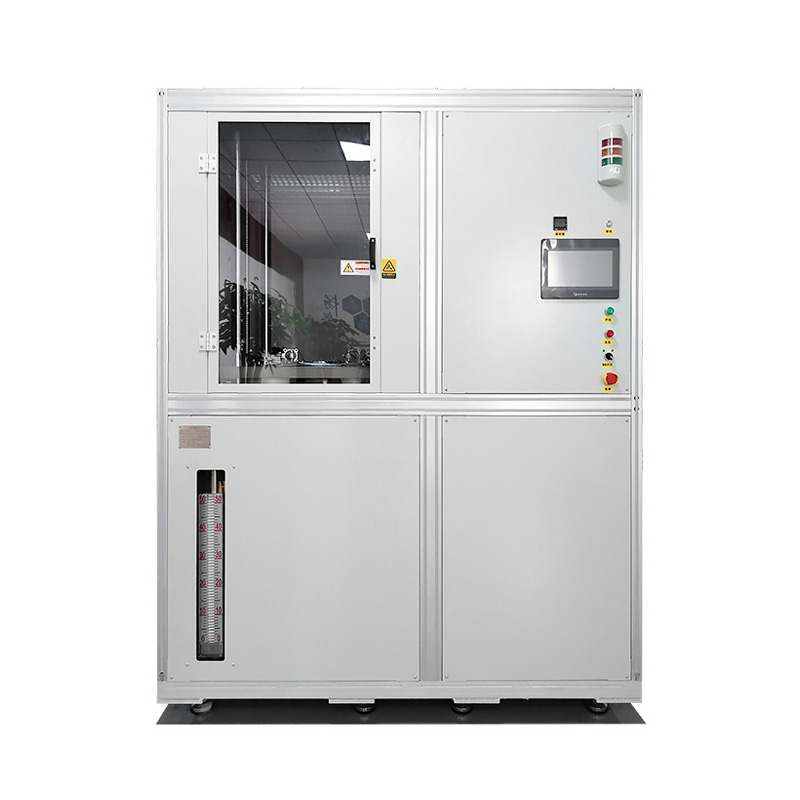In the field of electronic ceramics manufacturing, Low-Temperature Co-fired Ceramic (LTCC) technology has emerged as a crucial pillar for cutting-edge industries such as 5G communication, the Internet of Things (IoT), and automotive electronics, owing to its remarkable advantages of high integration density and superior high-frequency performance. The LTCC warm isostatic press, as the core equipment for the industrial production of precision ceramic components, plays a decisive role in determining the yield rate and production efficiency of the final products. The key characteristics of LTCC warm isostatic presses are outlined as follows:

1. Precise Pressure Control
The accuracy of pressure control stands as a pivotal indicator for evaluating the performance of LTCC warm isostatic presses. Advanced models are equipped with state-of-the-art intelligent feedback systems that enable real-time monitoring and adjustment of pressure output. This technological advancement ensures exceptional stability and consistency during the pressing process, guaranteeing that multi-layer ceramics are uniformly pressurized. As a result, product defects caused by uneven pressure are significantly minimized, leading to a substantial increase in product yield.
2. Efficient Temperature Regulation
Temperature control is another critical feature of LTCC warm isostatic presses. Given the stringent temperature requirements of various ceramic materials and processes in LTCC technology, these presses are engineered to precisely adapt to a wide range of complex ceramic materials and process specifications. By ensuring uniform heat distribution during sintering and other processes, the presses enable ceramic materials to fully realize their optimal performance.
3. Ensure Safety and Efficiency
In terms of structural design, many LTCC warm isostatic presses adopt a multi-layer layout from the inside out, integrating considerations for both safety and efficiency. This design comprises a working cylinder, a heating layer, and a water tank. The working cylinder houses the working chamber, while its top end-cap assembly is detachably connected to the cylinder body using a modular design. This feature significantly enhances the convenience of equipment maintenance and repair.
4. Optimized Liquid Circulation System
The liquid circulation outlet of the LTCC warm isostatic press is connected to the water tank via a circulation pipeline integrated with a first solenoid valve, a circulating cooling pump set, and a high-efficiency heat exchanger. This configuration ensures efficient cooling and effectively mitigates the risk of equipment failure due to overheating. Additionally, independent liquid flow pipelines installed on both sides of the cylinder collaborate with the main circulation system, creating a scientifically optimized fluid path. This setup significantly enhances the overall operational efficiency of the equipment, providing robust support for continuous and high-efficiency production.
5. Outstanding Work Efficiency
The uniquely designed large-capacity working chamber of LTCC warm isostatic presses offers a significantly increased volume compared to similar models. Coupled with self-developed rapid pressurization and depressurization systems, these presses can substantially shorten the individual production cycle, leading to a notable boost in production capacity. In terms of automation, the presses are equipped with intuitive human-machine interfaces that allow operators to effortlessly set parameters and monitor the entire production process. This not only reduces human errors but also alleviates labor intensity.
